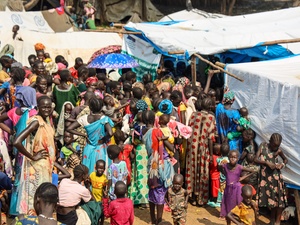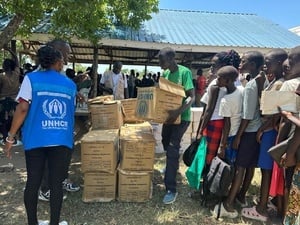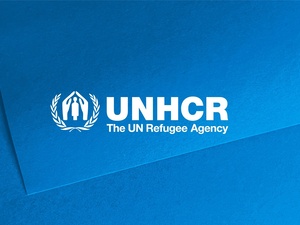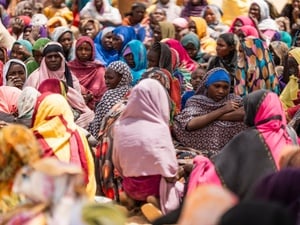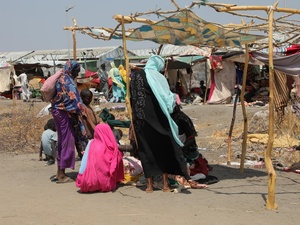Ethiopian students arrive in Kenya
Ethiopian students arrive in Kenya
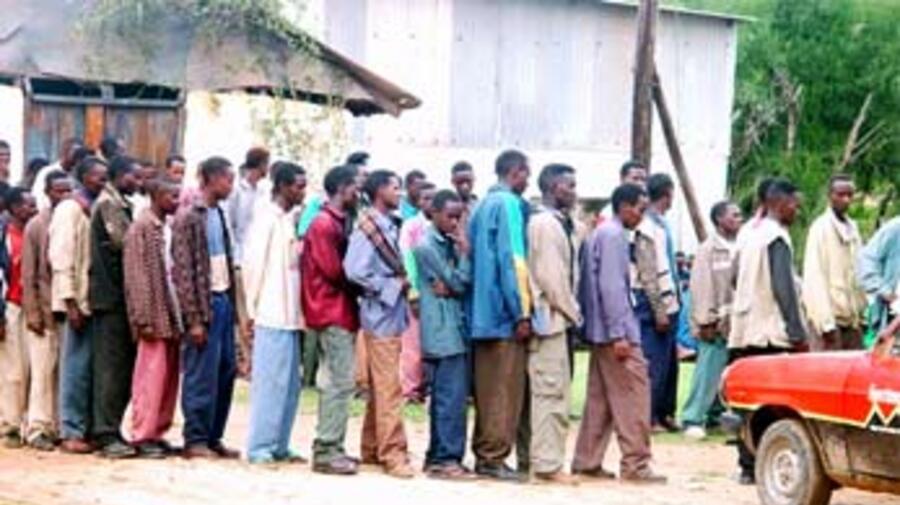
Ethiopian students gathering outside the police station in Moyale, Kenya.
MOYALE, Kenya, 27 April (UNHCR) - Hundreds of Ethiopian students have arrived in this remote border town in recent days, saying they had crossed over from the Ethiopian side of the town after holding a demonstration at their boarding school that was quelled by the army.
After the first two dozen Ethiopian ethnic Oromos arrived in the border hamlet of Moyale a week ago, the influx has quickly gathered pace. There are now some 560 young Ethiopians encamped on the grounds of a Kenyan police station, a compound hardly suited to shelter such a large group.
The new arrivals are composed of primary and secondary school-age students who were attending classes at a school in neighbouring Moyale, Ethiopia. The first group of 28 arrived on April 19.
Most of the Ethiopian arrivals are teenagers, but the youngest is eight years old and the oldest reportedly 24. There are some 20 girls among the group who are accommodated inside the police station overnight.
A UNHCR team that flew into Moyale last week interviewed a cross section of the students. Some claimed that they had been singled out by government security agents and fled after the army reportedly intervened to halt a demonstration at their school. Others said that their families were unaware of their departure as they come from remote areas, or that they were afraid to tell their parents because they thought they would be prevented from leaving.
Ethiopian ethnic Oromos frequently seek asylum in neighbouring countries and abroad.
According to UNHCR, the best solution would be for the students to return home safely, without fear of arrests or any other punitive measure and, above all, to be able to resume their studies. To discuss this, a team of Kenyan government officials and UNHCR staff will travel from Nairobi to Moyale on Wednesday. They will meet with Kenyan officials on the ground and Ethiopian government representatives and try to reach an acceptable solution. Meetings will also be held with the students themselves.
If they fail to reach a solution, the students will be interviewed more closely to determine their refugee status. Those found to meet the criteria for refugee status and protection will most likely be transferred to one of the two refugee camps in Kenya.


